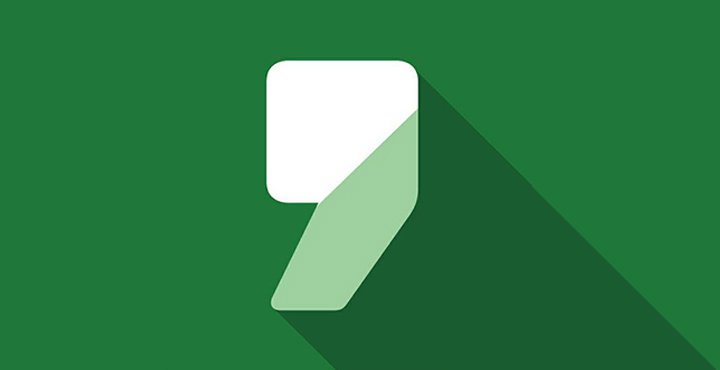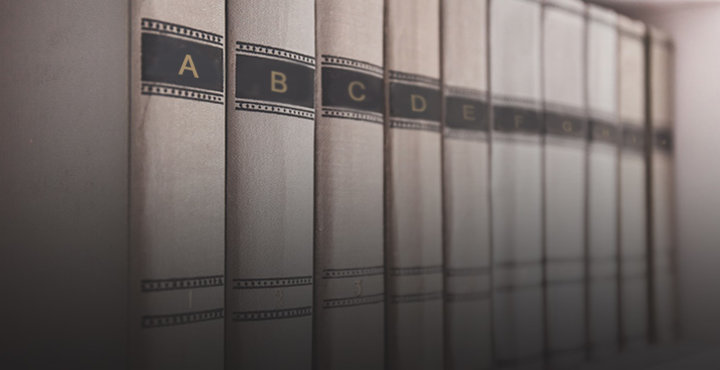Written by Scribendi
Understand This Important Part of Speech
Are pesky pronouns causing you grief in your English writing? Do you want to learn English grammar quickly? Relax—our ESL editing and proofreading professionals are here to help explain this troublesome part of speech.
What Is a Pronoun?
Pronouns are used in place of nouns. The purpose of pronouns is to avoid repetition and make sentences easier to understand. Some of the most common pronouns to remember when learning English as a second language are he, she, it, they, and this.
The Seven Types of Pronouns
There are seven types of pronouns that both English and English as a second language writers must recognize: the personal pronoun, the demonstrative pronoun, the interrogative pronoun, the relative pronoun, the indefinite pronoun, the reflexive pronoun, and the intensive pronoun.
1. Personal pronouns
- Subjective personal pronouns are pronouns that act as the subject of a sentence. If you are learning English as a second language, remember that the subjective personal pronouns are I, you, she, he, it, you, and they. For example:
- "I walked directly to the party."
- "You showed up late; she was annoyed."
- "He thought you had forgotten; we know you were just behind."
- Objective personal pronouns are pronouns that act as the object of a sentence. If you are learning English as a second language, remember that the objective personal pronouns are me, you, her, him, it, us, you, and them. For example:
- "The police officer told my brother and me to slow down."
- "He pointed to the pedestrians and said to be careful of them."
- "The police officer said there are a lot of speedy motorists like us."
- Possessive personal pronouns are pronouns that show possession. They define a person (or a number of people) who owns a particular object. If you are learning English as a second language, remember that the possessive personal pronouns are mine, yours, hers, his, its, ours, and theirs. For example:
- "Is this book yours or his?"
- "All the books are mine."
- "Nobody's house has as many books as theirs, not even ours."
2. Demonstrative pronouns
Demonstrative pronouns point to and identify a noun or a pronoun. This and these refer to things that are nearby in space or time, while that and those refer to things that are farther away in space or further away in time. For example:
- "This is the dress I will wear; that is the one I wore yesterday."
- "That is not true."
-
"Please pay for those."
3. Interrogative pronouns
Interrogative pronouns are used to ask questions. The interrogative pronouns are who, whom, which, and what. If you are learning English as a second language, it is important to remember that who and whom are used to refer to people, while which is used to refer to things and animals. Who acts as the subject, while whom acts as the object. For example:
- "Which is the best restaurant?"
- "What did he tell you?"
- "Whom should we invite?"
4. Relative pronouns
Relative pronouns are used to link one phrase or clause to another phrase or clause. The relative pronouns are who, whom, that, and which. The compounds whoever, whomever, and whichever are also commonly used relative pronouns. For example:
- "Whoever added the bill made a mistake."
- "The bill, which included all our meals, was larger than expected."
- "The waiter who served us doesn't know how to add."
5. Indefinite pronouns
Indefinite pronouns refer to an identifiable, but not specified, person or thing. An indefinite pronoun conveys the idea of all, any, none, or some. If you are learning English as a second language, remember the following common indefinite pronouns: all, another, any, anybody, anyone, anything, each, everybody, everyone, everything, few, many, nobody, none, one, several, some, somebody, and someone. For example:
- "Everybody got lost on the way there."
- "Somebody forgot to bring the map."
- "No wonder so few showed up."
6. Reflexive pronouns
Reflexive pronouns refer back to the subject of the clause or sentence. The reflexive pronouns used in writing English are myself, yourself, herself, himself, itself, ourselves, yourselves, and themselves. For example:
- "She baked a cake for herself."
- "We decided to eat it ourselves."
- "We heard her say, 'They should be ashamed of themselves.'"
7. Intensive pronouns
Intensive pronouns are used to emphasize their antecedent. Intensive pronouns are identical in form to reflexive pronouns. For example:
- "I myself find pronouns fascinating."
- "They themselves think everyone should know about pronouns."
- "You yourself should tell everyone how great pronouns are."
Practice Makes Perfect When Mastering Pronouns
If you're still having trouble with pronouns, try submitting your document to our English editors. Our editors will ensure that all of your pronouns are perfect.
Image source: StepanPopov/envato.elements.com
Make Every Word Count. Hire a Professional Editor.
Try Our ESL Academic Editing Service, or Get a Free Sample
About the Author

Scribendi's in-house editors work with writers from all over the globe to perfect their writing. They know that no piece of writing is complete without a professional edit, and they love to see a good piece of writing transformed into a great one. Scribendi's in-house editors are unrivaled in both experience and education, having collectively edited millions of words and obtained nearly 20 degrees. They love consuming caffeinated beverages, reading books of various genres, and relaxing in quiet, dimly lit spaces.









